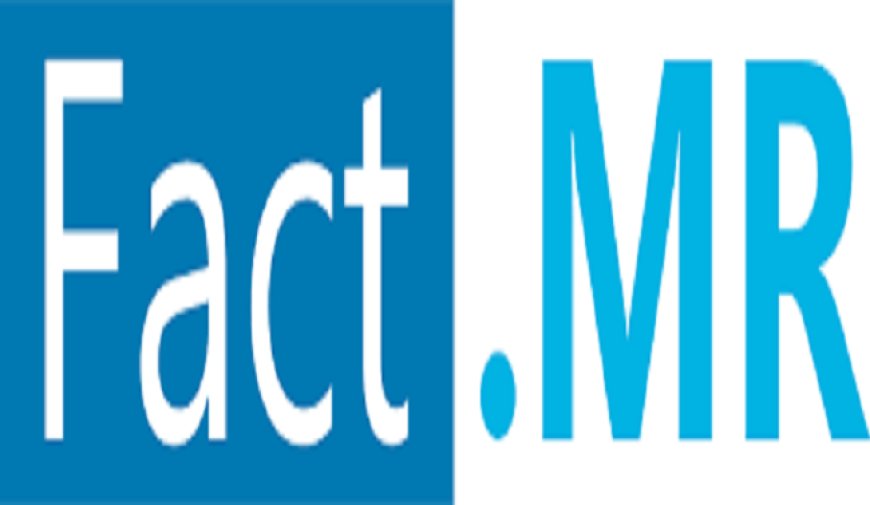Chronic Disease Monitoring Fuels Demand for Medical Device Software
The global software as a medical device market, estimated at US$ 1.8 billion in 2024, is projected to grow at a robust 13% CAGR from 2024 to 2034.

The global software as a medical device market, estimated at US$ 1.8 billion in 2024, is projected to grow at a robust 13% CAGR from 2024 to 2034. This significant growth is driven by the increasing integration of IoT in healthcare, enabling continuous monitoring of critical parameters like blood pressure, heart rate, body temperature, and respiration rate, as well as facilitating consistent data collection for chronic disease management and providing remote assistance.
Rise in the adoption of IoT devices is being driven led by the increasing number of chronic diseases globally and the growing elderly population grappling with various age-related disorders. This is particularly relevant in the context of remote patient monitoring.
Increasing investments in IoT are consistently driving innovation in healthcare, and breakthroughs in AI and big data analytics are helping improve patient outcomes. These factors are significantly contributing to the expansion of the global software as a medical device market.
Key Takeaways from Market Study
The global software as a medical device (SaMD) market is projected to reach a valuation of US$ 6.1 billion by 2034, driven by significant growth in various regions. North America is anticipated to witness robust expansion with a compound annual growth rate (CAGR) of 13.2% through this period. In particular, the United States is expected to dominate the North American market, holding a substantial 45.6% share by 2034. This growth is largely attributed to advancements in healthcare technology and increased adoption of digital health solutions. Meanwhile, the East Asian region is set to capture a significant portion of the global market, with a projected market share of 23.1% by 2034, highlighting the region's growing influence and investment in healthcare innovation.
In terms of specific markets, Japan is forecasted to experience notable growth, with its SaMD market expanding at a CAGR of 13.5% from 2024 to 2034. This reflects Japan's commitment to integrating advanced digital health technologies into its healthcare system. Additionally, the increasing prevalence of smartphones as a platform for medical software is underscored by their expected market share of 44% by 2034. This trend indicates a shift towards more accessible and user-friendly medical solutions, enabling better patient management and care delivery through mobile devices. The convergence of these factors underscores a dynamic and rapidly evolving landscape for SaMD globally.
Country-wise Insights
The United States is expected to account for a commanding 90.2% market share in North America in 2024, maintaining its lead in the coming years. This dominance is driven by significant advancements in AI, which are enhancing medical technology. The prevalence and importance of software in healthcare continue to grow, supported by various technology platforms such as smartphones, personal computers, and network servers. The ease of access and distribution through cloud services and the Internet further bolster the use of both medical and non-medical software in the American healthcare sector.
Medical devices play a crucial role in healthcare, underscored by the United States Food and Drug Administration (FDA) regulating over 19,000 firms producing an estimated 200,000 different medical devices between 2020 and 2021. The financial investment in medical equipment has seen substantial growth, with expenditures rising from US$ 36 billion in 1983 to an estimated US$ 199 billion in 2019. This trend reflects the expanding role and investment in medical technology within the U.S. healthcare system.
Market Developments
Leading software as a medical device manufacturers are GE Healthcare, iCAD Inc., Hyperfine Research, Star, and Tietronix Software, Inc. Smartphones account for a leading software as a medical device market share due to the increasing need for remote patient monitoring.
In 2022, Optum, a provider of diverse health services, successfully merged with Change Healthcare. Both entities share the vision of fostering a more efficient, intelligent, and adaptable healthcare system for the benefit of patients, payers, and providers. Through this partnership, the companies aim to integrate and optimize vital processes including clinical, administrative, and payment procedures essential for comprehensive patient care.












